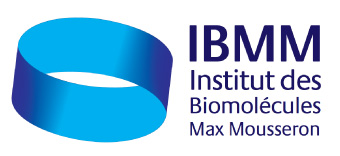Dynamics of polyelectrolyte adsorption and colloidal flocculation upon mixing studied using monodisperse polystyrene latex particles
Séminaire Chimie ED459
Prof. Yasuhisa
Le Jeudi 14 juin 2018 à 14h
ENSCM, Amphithéâtre Godechot (campus Balard, 240 av. Émile-Jeanbrau)
Date de début : 2018-06-14 14:00:00
Date de fin : 2018-06-14 15:30:00
Lieu : ENSCM amphi Godechot (campus Balard, 240 av E. Jeanbrau)
Intervenant : Prof. Yasuhisa
Graduate School of Life and Environmental Sciences, University of Tsukuba, Japan
The dynamic behavior of polyelectrolytes just after their encounter with the surface of bare colloidal particles is analyzed using monodisperse polystyrene latex (PSL) particles. Applying a normalized colloid mixing approach, effects of ionic strength and charge density of polymer chain on the rate of flocculation, the electrophoretic mobility of particle coated with polyelectrolytes, and the thickness of adsorbed polymer layer were analyzed, focusing on distinguishing features of two modes of flocculation, namely bridging formation and charge neutralization. In the case of excess polymer dosage, the bridging flocculation clearly highlights the transient behavior of polymer conformation from random-coil-like in bulk solution to flatten on the surface. In the regime near optimum dosage, two cases emerge. For high charge density polymer, charge neutralization is dominant and advantageous for the continuous progress of flocculation by heterogeneous double layer interaction. As a function of elapsed time after the onset of mixing, crossover from bridging to charge neutralization is confirmed. In the case of low charge density polymer, bridging is the dominant mechanism of flocculation. Fluid mixing is concluded to have an essential role in the formation of bridges.
Contact local IBMM : Prof. Hervé
